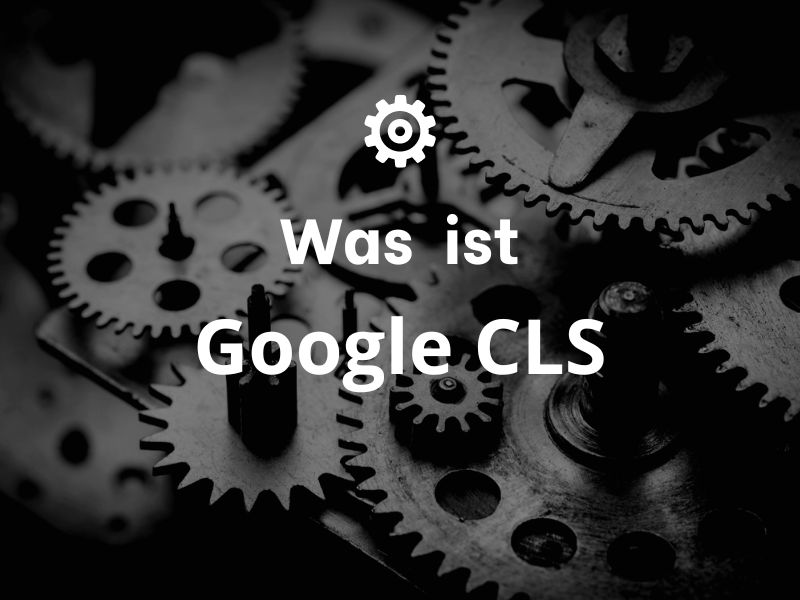Definition
Google CLS (Continuous Learning System) is a machine learning system that enables developers to explore and develop machine learning. With Google CLS developers can work with mathematical models, neural networks and other technologies to solve complex problems from various fields such as computer vision, science, finance and machine vision.
Advantages
Google CLS offers developers a number of benefits, including an intuitive user interface that makes it easy to get started in the world of machine learning. It offers a range of toolkits to help developers develop machine learning models. Google CLS also allows developers to monitor and track their results. In addition, there is the possibility to share the results with others, enabling rapid development and implementation of the models.
Disadvantages
Despite its great potential Google CLS also has some disadvantages. For example, the results obtained with the tool can be very inaccurate, as the results may not be sufficiently accurate. validated were used. Another disadvantage is that developers may not be able to compare the results of a particular model.
Use cases
Google CLS can be used in a variety of use cases, including machine vision, machine learning, artificial intelligence, language processing, machine writing, and many others. It can also be used to perform complex analysis by merging data from multiple sources.
Example 1
Google CLS can be used to learn machine vision by using images to recognize objects or patterns. The system can be used to classify, analyze and process images to recognize the objects.
Example 2
Google CLS can also be used to support machine writing. It can be used to perform text analysis to understand specific topics, to translate a language, or to perform text classification.
Conclusion
Google CLS is a powerful tool that can help developers build machine learning models. It offers a number of benefits, including an intuitive user interface, toolkits, and the ability to track and share results. However, it also has some drawbacks, such as inaccurate results and the inability to compare results from different models. However, it can be used in a variety of use cases, including machine vision, machine learning, artificial intelligence, language processing and machine writing.
« Back to Glossary Index


